Select based on destination
Find a route based on scenery highlights
Select a route to display a map and detailed itinerary. There are multiple routes to the same destination. Be sure to select a route appropriate for your physical strength and experience using 'Level of difficulty' and 'Level of physical strength' as reference.
The map and itinerary are based on information current when the website was created. Be sure to obtain the latest local information when you visit.
Shirataniunsui-kyo Ravine
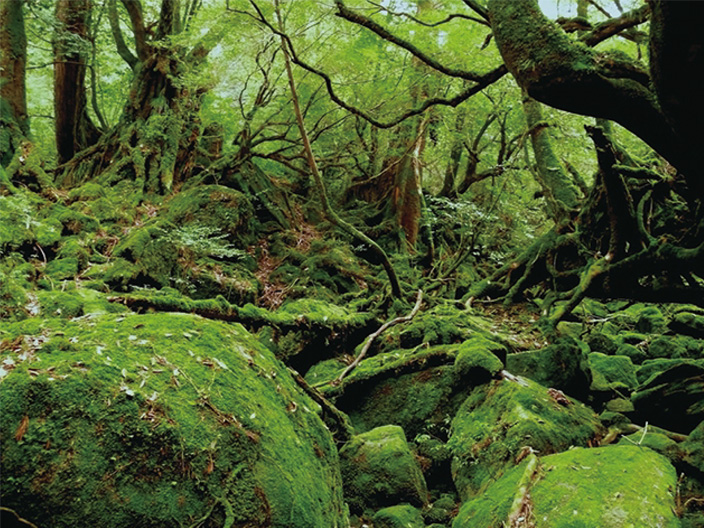
The ravine is located at an altitude of 600 m to 1,050 m, and has sites to admire the pristine forest overgrown with moss, and the mountain streams carved into the granite. One of the natural recreation forests on Yakushima, it provides walks through a mixed conifer-broadleaf forest of Yakusugi Cedars and evergreens.
Restrictions on use may be enforced when water levels are high. An understanding of the dangers, and good judgment, are required when crossing rivers.
Yakusugi Land
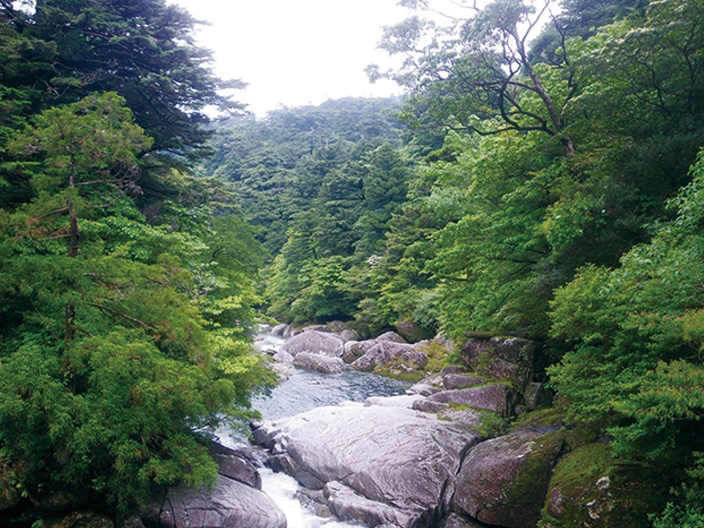
As the name suggests, this site, located at an elevation of 1,000 m - 1,300 m, provides the visitor with views of numerous Yakusugi Cedars. One of the natural recreation forests on Yakushima, the area includes old stumps left in the forest, suggesting the former forestry activities on the island.
For long treks of 80 minutes or more you will need equipment appropriate for walking on climbing trails not provided with boardwalks. It is easy to become lost in some areas, and sufficient equipment and experience are required.
The Jomon-sugi Cedar
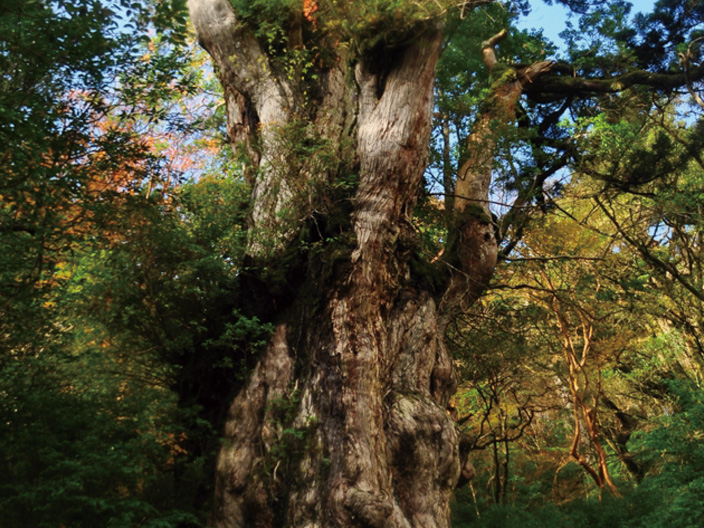
Among the Yakusugi Cedars confirmed as being over 1000 years old, the largest is the Jomon-sugi Cedar. Many theories exist on the age of the tree, but it is thought to be between 2,000 and 7,200 years old. Its chunky shape is typical of Yakusugi Cedars growing in typhoon-prone areas.
We recommend a visit during the off-season to ensure a quality experience not possible when the area is crowded and toilets and rest areas are congested.
Mt. Miyanoura
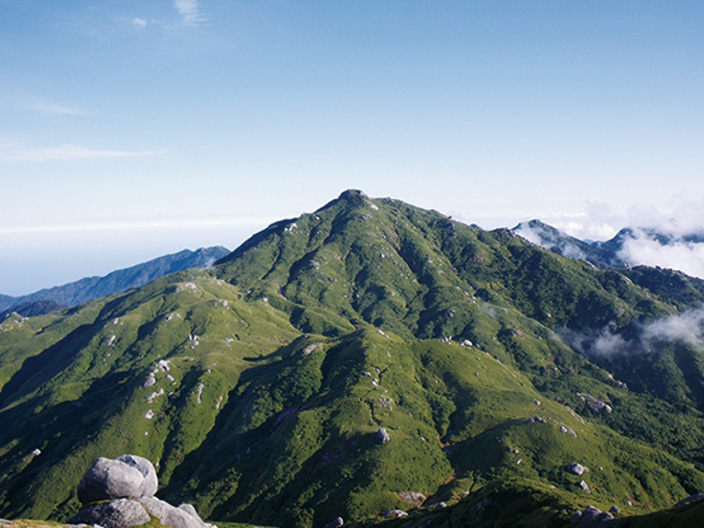
The highest peak in Kyushu region (1,936 m), Mt Miyanoura provides a full 360-degree view of the mountains of Yakushima Island. In spring the area around the peak is awash with the colors of Japanese andromeda and Yakushima rhododendrons, and in winter it becomes a white and silver world of snow. Visitors are advised to spend the night in a shelter hut. The area also includes part of the Okudake Mountains (not visible from the village), an object of mountain worship. Visitors are asked to act in a manner appropriate to the sacred nature of the mountains.
Mt. Kuromi
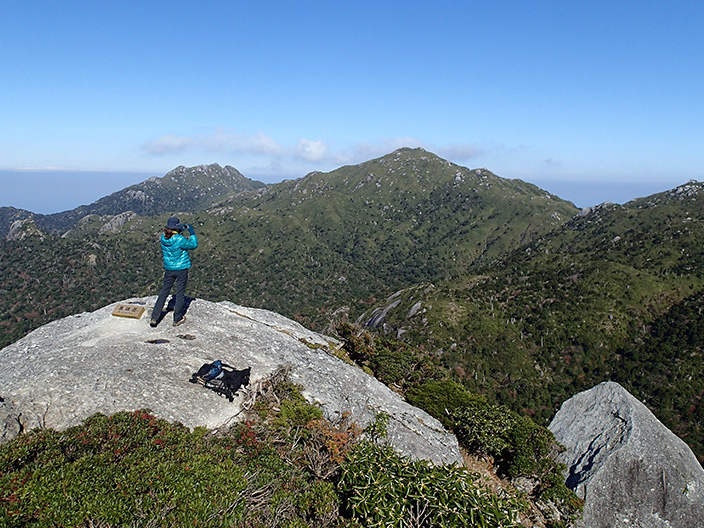
Located to the south of Mt. Miyanoura, the summit of 1,831 m provides a view of Mt. Miyanoura and Mt. Nagata, the primary peaks of the Okudake Mountains (not visible from the village) of Yakushima. Access to the peak is relatively easy, and it is popular for its impressive view.

